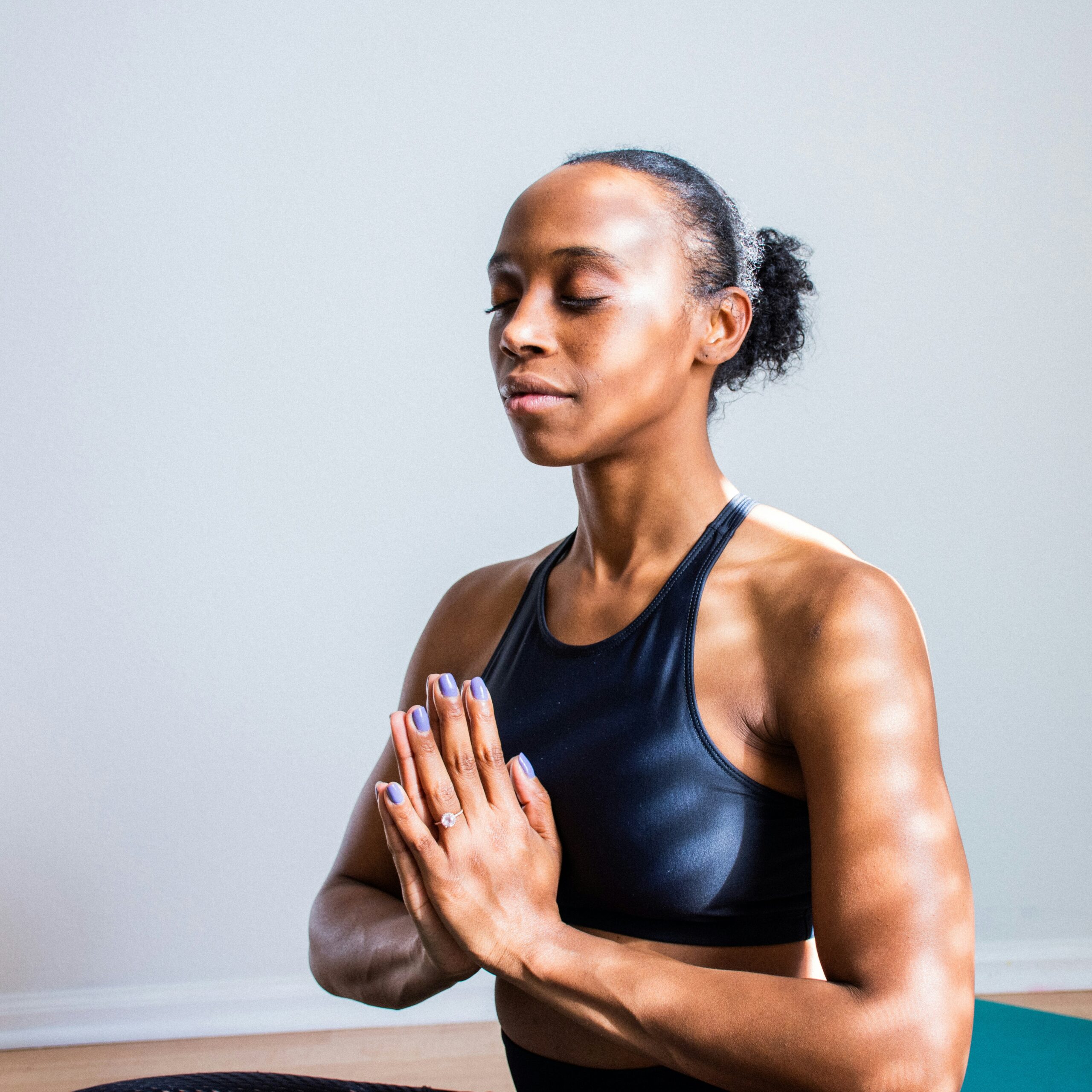The Influence of Social Media on Athlete Branding and Sponsorship Deals
Ah, social media. It’s like that friend who can’t help but show everyone their latest dance moves at a party—sometimes cringeworthy, often hilarious, but undeniably captivating. I remember scrolling through my feed one day, and there it was: a viral video of a basketball player doing a ridiculous challenge while simultaneously promoting a new sneaker line. It was such a perfect blend of entertainment and branding that I couldn’t help but wonder: how did we get here? How did social media go from a platform for sharing cat videos to a powerful tool for athlete branding and sponsorship deals?
Let’s take a walk down this digital trail together—no cat videos, I promise—and see how social media has reshaped the landscape for athletes and their brands. Spoiler alert: it’s a more significant influence than a last-minute game-winning shot!
The Rise of the Influencer Athlete
Once upon a time (okay, maybe just a decade ago), athletes were primarily known through their performances on the field or court. Sure, endorsements existed, but they were more like a cherry on top of a successful career sundae. Fast forward to today, and we’ve entered the era of the influencer athlete. Athletes now wield their social media accounts like a double-edged sword—capable of cutting through traditional marketing barriers and reaching fans directly.
Take LeBron James, for example. Not only is he a basketball superstar, but he’s also a social media mogul. His Instagram account is a goldmine for brands. He shares everything from workout routines to family moments, and, of course, those epic “I just won another championship” posts. LeBron’s followers (over 100 million, no big deal) don’t just see him as a basketball player; they see him as a lifestyle icon. This duality is what brands are after—athletes who can seamlessly blend their sports persona with their personal brand.
Authenticity is Key
Here’s the catch, though: authenticity matters. Fans are savvy; they can sniff out a fake faster than you can say “sponsored post.” If an athlete suddenly starts hawking a product that doesn’t align with their personal brand, it’s a hard sell. I mean, can you imagine a hardcore football player suddenly promoting vegan skincare? (Not that there’s anything wrong with vegan skincare, but you get my point.)
When athletes stay true to themselves and their values, it resonates with their audience. Consider Naomi Osaka, for example. She’s not just a tennis player; she’s become a voice for social justice and mental health awareness. Brands that align with her values—like Nike—see that and want to partner with her. The authenticity factor elevates the sponsorship deal from just another contract to a meaningful partnership.
The Engagement Factor
Speaking of partnerships, let’s talk about engagement. Traditional advertising is like yelling at someone from across the street—sure, they might hear you, but will they pay attention? Social media, on the other hand, is like sitting down for a coffee chat. It allows for conversations, feedback, and interaction. Athletes can engage directly with their followers, answer questions, and even take requests for content. Remember when Shaquille O’Neal did a TikTok dance? The internet collectively lost its mind. It wasn’t just a dance; it was a moment of connection.
This level of engagement is a goldmine for sponsors. Brands want more than just a name on a product; they want real interaction. If an athlete can get their followers excited about a new sneaker drop through a live Q&A or a behind-the-scenes look, that’s worth its weight in gold. It’s the difference between a billboard and a personal invitation.
The Data-Driven Approach
Let’s get a bit nerdy for a second (don’t worry, I won’t go full stats geek). Social media provides a treasure trove of data that athletes and brands can use to tailor their marketing strategies. They can analyze engagement rates, audience demographics, and even the best times to post. It’s like having a cheat sheet for what your followers want. If an athlete notices their followers go wild for workout tips, they can capitalize on that. Brands see this data and can craft more targeted campaigns, knowing exactly who they’re reaching.
And let’s be real—who doesn’t love a good number? If a brand can see that their sponsored athlete has a 30% higher engagement rate than the average influencer, they’re likely to throw money at that athlete faster than I can finish my morning coffee. (And trust me, that’s fast!)
Challenges to Navigate
But it’s not all sunshine and rainbows. Like any good story, there are challenges to face. Just because an athlete has a large following doesn’t mean they’re automatically a great partner for brands. One misstep—be it a controversial tweet or a poorly thought-out post—can lead to public backlash. Remember that time when an athlete made headlines for all the wrong reasons? (Yeah, we all do.)
Brands are now hyper-aware of the potential risks involved in sponsorships. They want to ensure that their chosen athlete not only aligns with their brand values but also has a solid reputation. And let’s not forget about the rapid changes in social media trends. One minute TikTok is the hottest platform, and the next, it’s all about Threads (or whatever comes next). Athletes must keep up with these trends to remain relevant.
The Future of Athlete Branding
So, where do we go from here? The future of athlete branding is undoubtedly bright (and a little chaotic). We’ll likely see more athletes launching their own brands, leveraging their social media influence to create products that resonate with their audience. I mean, have you seen the number of athletes starting their own clothing lines? It’s like every other day, I’m getting ads for a new activewear line from a former Olympian. Talk about entrepreneurial spirit!
And as technology continues to evolve, we might see new platforms emerge, changing the game yet again. Virtual reality? AI-driven content? Who knows! But one thing is for sure: the relationship between athletes and brands will become even more interconnected. Athletes will not only be representatives of brands; they’ll be co-creators of their narratives.
Wrapping It Up (But Not Really)
As we wrap up this little exploration of social media’s impact on athlete branding and sponsorship deals, I can’t help but feel a mix of excitement and curiosity. The landscape is ever-changing, and I’m genuinely fascinated to see how this will continue to evolve. Will we see more athletes become household names beyond their sports? Will brands continue to find innovative ways to engage with fans? I guess we’ll just have to keep our eyes glued to our feeds and see what happens next.
So, here’s to the athletes—those who bring us joy, inspire us, and, yes, occasionally make us cringe with their dance moves. And here’s to social media, the platform that has turned them into the branding powerhouses they are today. Until next time, keep scrolling, keep cheering, and maybe, just maybe, keep dancing (but only if you’re good at it).









